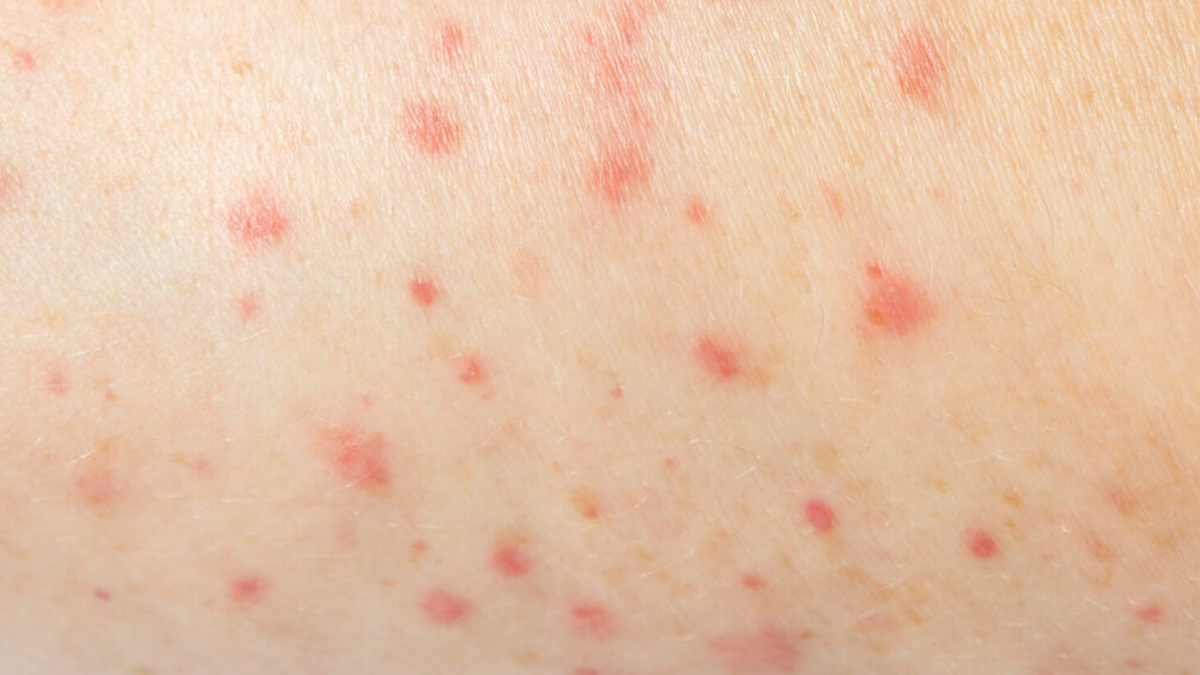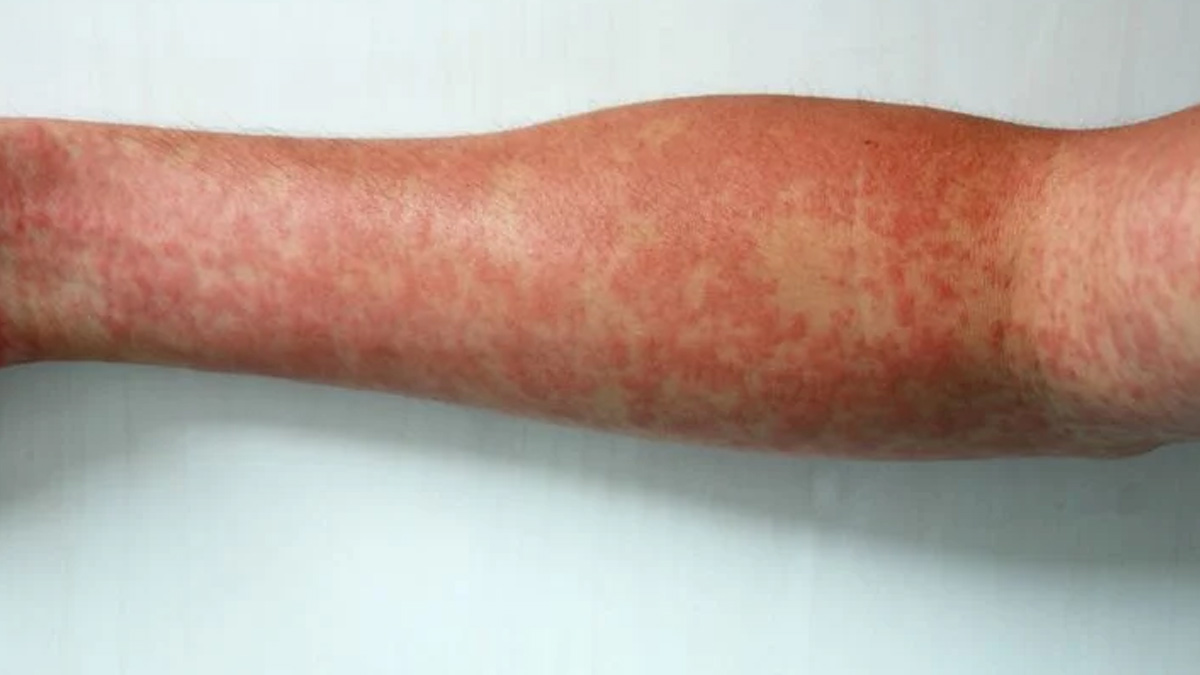
Actress Divyanka Tripathi recently revealed she is battling the after-effects of dengue, a mosquito-borne viral infection that continues to affect thousands across India every year. While she is on the road to recovery, the 40-year-old shared that persistent skin rashes and intense itching have made her recovery uncomfortable. Taking to her social media, Tripathi posted, “It is crazy. I am getting rashes,” adding that she has been advised to take antihistamines twice daily to manage the irritation.
Table of Content:-
Her experience is not uncommon. Dermatological symptoms like rashes are often reported by dengue patients, even after the fever subsides. But why does this happen?

What Is Dengue?
Dengue is caused by the dengue virus (DENV), transmitted through the bite of an infected Aedes mosquito. It is most prevalent in tropical and subtropical areas including South Asia, Africa, and South America. There are four types of the virus, and while a person can recover from one, reinfection with a different strain increases the risk of developing severe dengue, also known as dengue hemorrhagic fever or dengue shock syndrome.
Also Read: 14-Year-Old Vaibhav Suryavanshi Shatters Multiple IPL Records; Decoding His Diet And Fitness Secrets
As per Dr Parinita Kaur, Internal Medicine, Aakash Healthcare Super Speciality Hospital, Dwarka, symptoms of dengue often start with high fever, fatigue, headaches, muscle pain, and skin rashes. While many recover with adequate hydration and rest, others, like Divyanka, may experience lingering effects, including skin problems that can be quite distressing.
Why Does Dengue Cause Rashes?
According to health experts, the rashes that appear during or after dengue are due to a mix of immune responses and the virus’s impact on the skin and blood vessels. When the virus enters the body, it triggers the immune system to release chemicals and activate cells that fight the infection. However, this immune activity can increase the permeability of blood vessels and cause fluid to leak into the skin, resulting in swelling, inflammation, and red patches.

In fact, studies show that around 50 to 82 percent of dengue patients develop rashes at some stage of the illness. The most commonly affected areas include the face, neck, chest, arms, and legs. The earliest skin sign is typically a flush-like redness or erythema, especially over the face and upper body, believed to be caused by capillary dilation.
Hives And Other Allergic Reactions
In some patients, dengue also leads to a more intense skin reaction called urticaria, or hives. These appear as red, raised welts or patches on the skin that can change location, size, and shape within hours. Itching tends to be severe and may persist for days, adding to the patient's discomfort.
Also Read: Usha Nadkarni Opens Up About Skipping Meals Despite Diabetes: Why Timely Eating Matters
To manage this, doctors often prescribe antihistamines—drugs that block histamine, the compound responsible for allergic reactions. These medications are available in different forms including tablets, syrups, and topical creams, depending on the severity of the reaction.

When Do Dengue Rashes Subside?
Generally, the skin rashes associated with dengue start to fade as the fever declines and the immune system begins to stabilise. However, doctors caution patients to remain vigilant. If rashes suddenly worsen or are accompanied by new symptoms such as excessive fatigue or bleeding gums, it could indicate a drop in platelet count—a common complication in dengue that may lead to internal bleeding. Monitoring platelet levels, staying well-hydrated, and adhering to medical advice are crucial steps during the recovery period.
Bottomline
Divyanka Tripathi’s candid revelation brings attention to one of the lesser-discussed yet uncomfortable symptoms of dengue—rashes and itching. As cases rise across India, her story serves as a reminder of how dengue can affect individuals even after the fever subsides. Understanding the nature of these skin symptoms and managing them with timely medical support is key to a smooth and safe recovery.
Also watch this video
Read Next
14-Year-Old Vaibhav Suryavanshi Shatters Multiple IPL Records; Decoding His Diet And Fitness Secrets
How we keep this article up to date:
We work with experts and keep a close eye on the latest in health and wellness. Whenever there is a new research or helpful information, we update our articles with accurate and useful advice.
Current Version